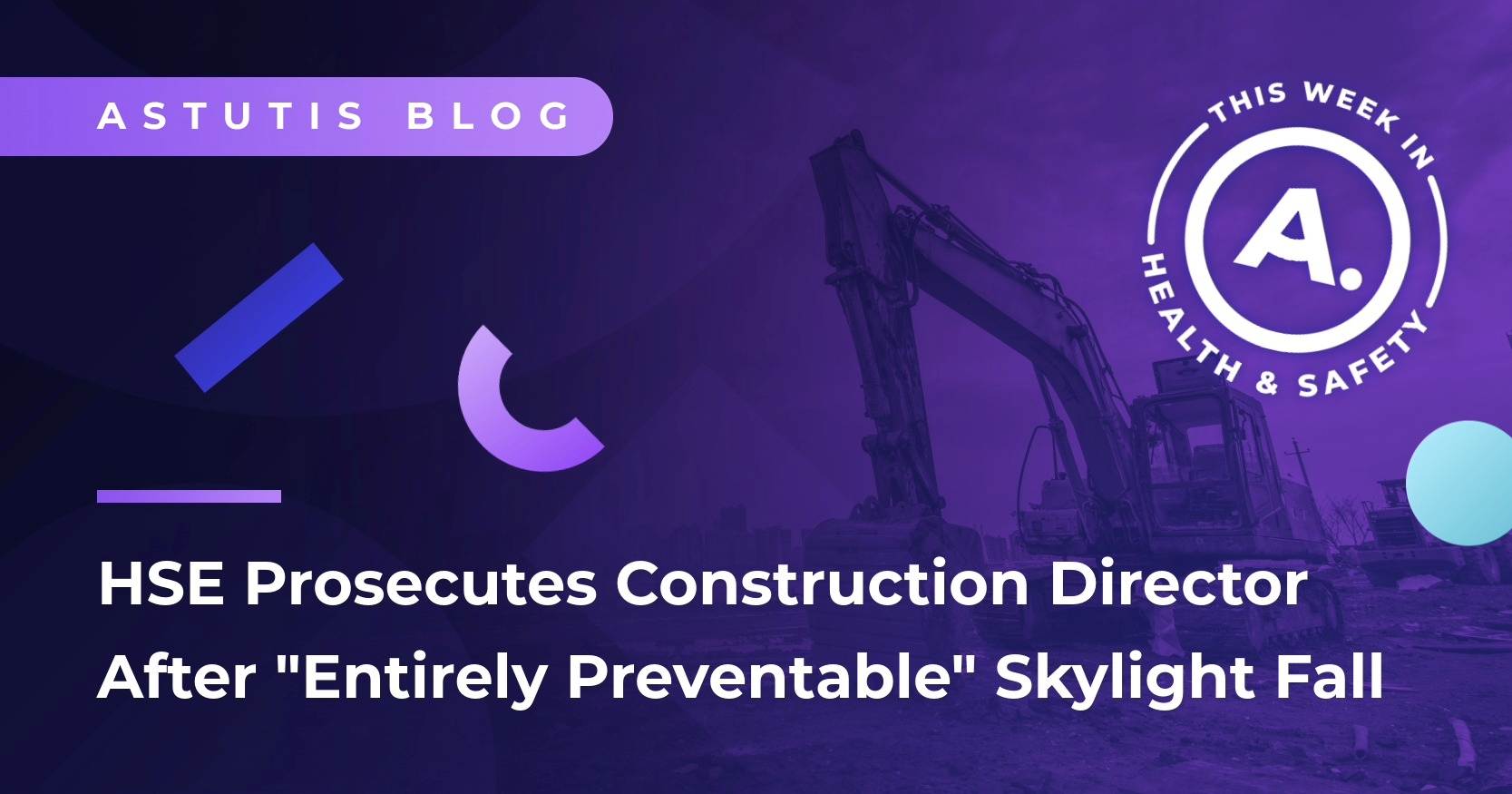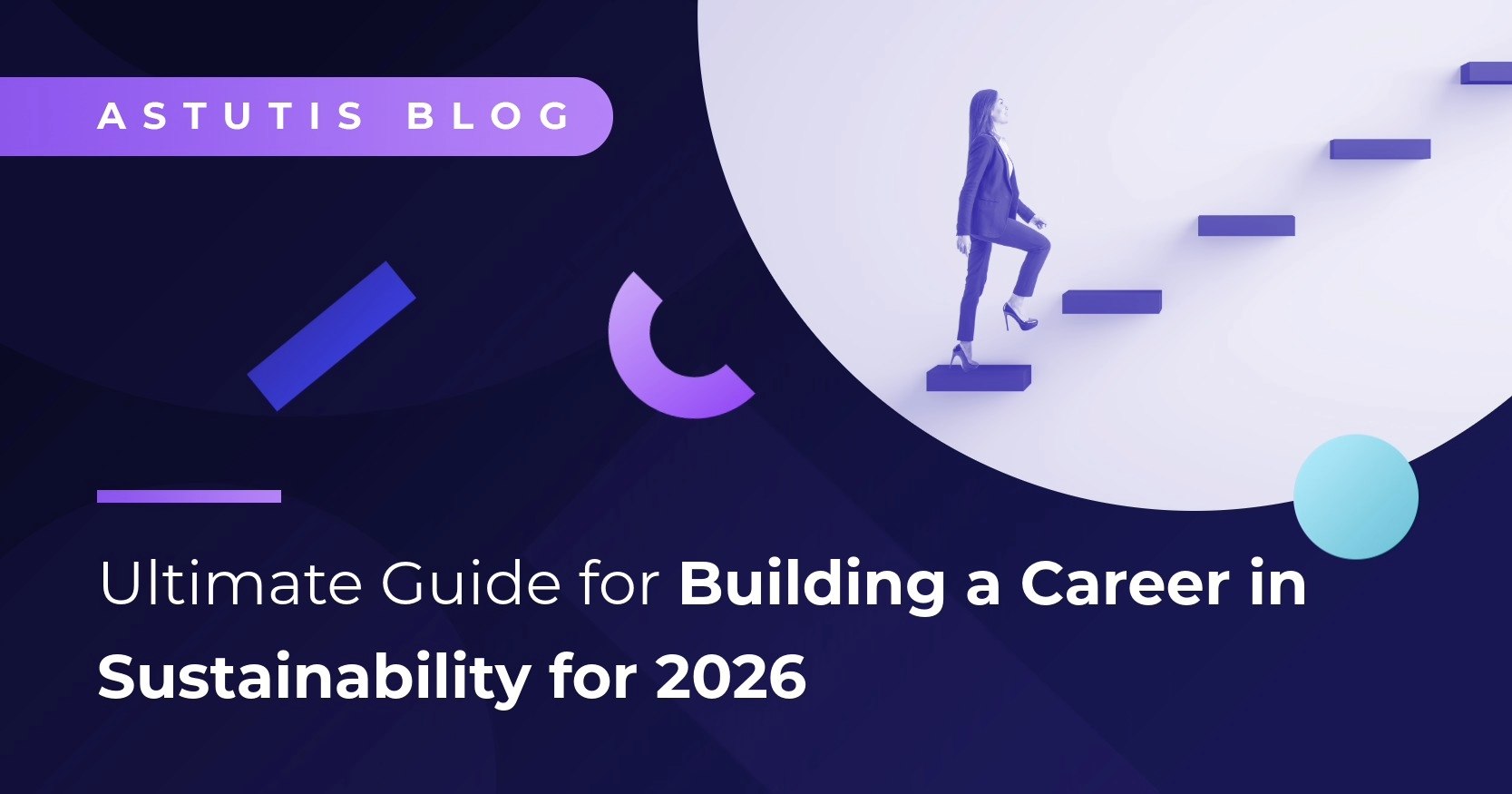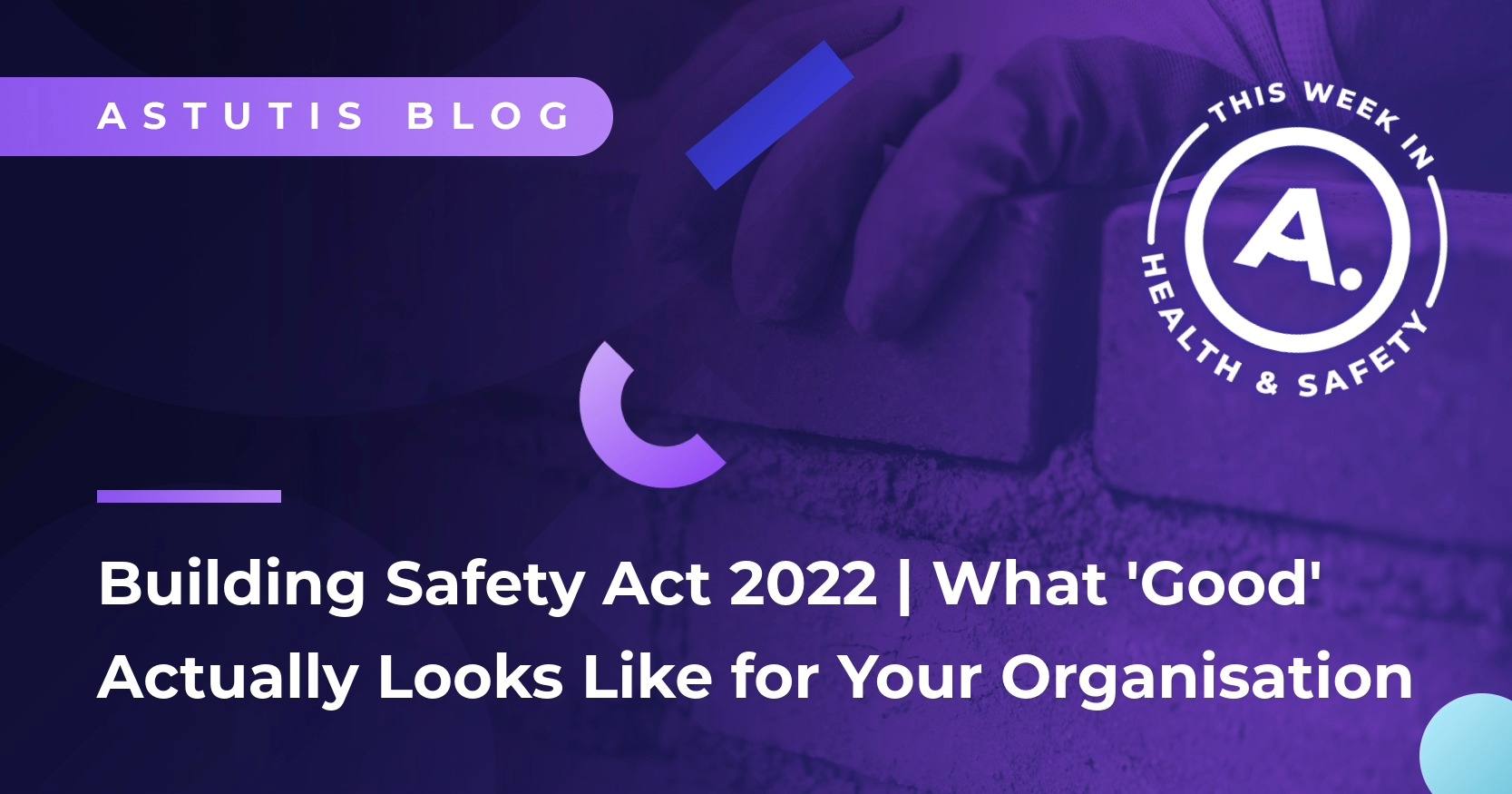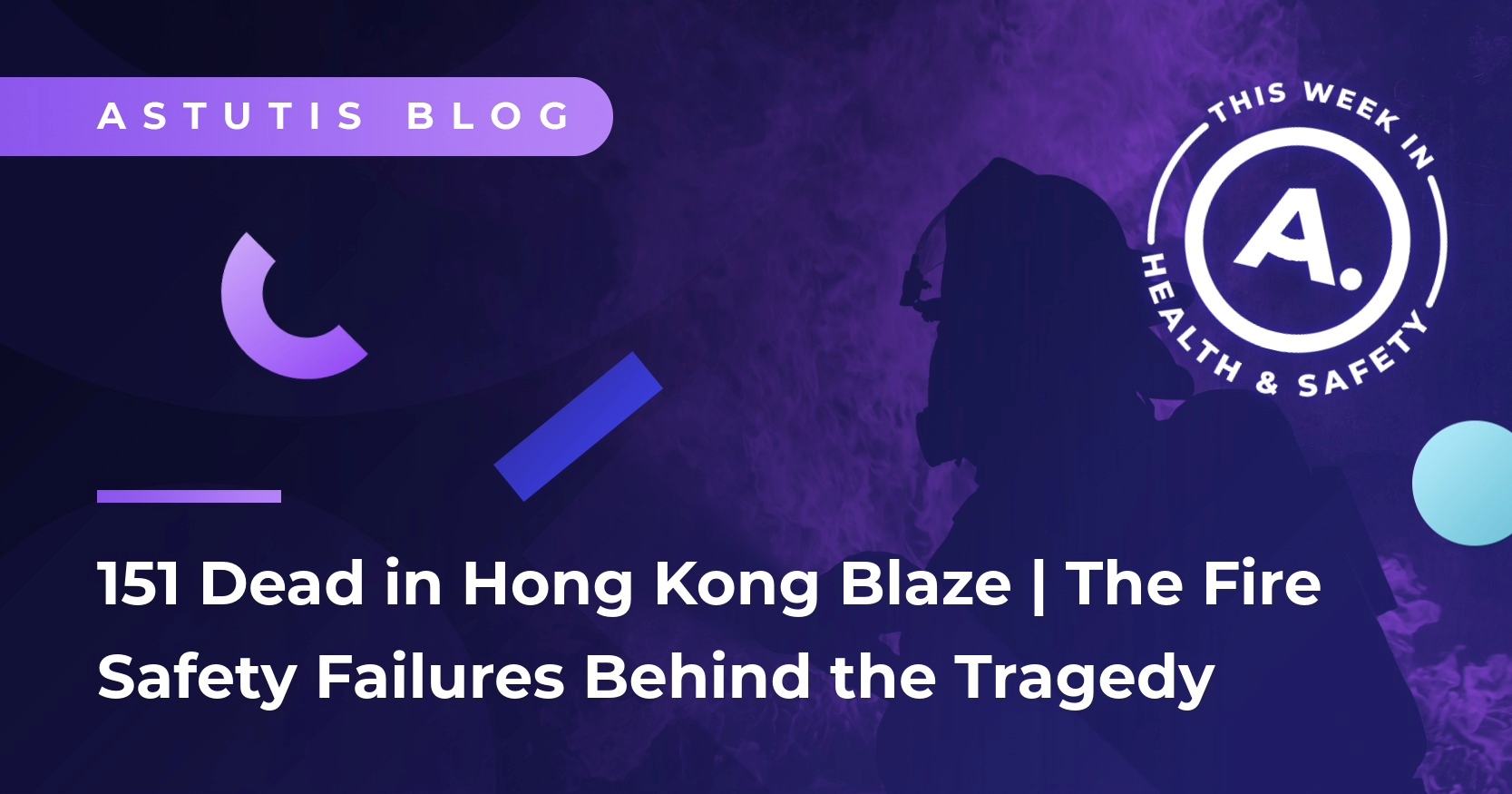Health and Safety – More than Rules and Compliance
Are we considering the human element of health and safety, or have we become preoccupied with rules?
At the root of health and safety exist rules and compliance and as safety officers, we are all well versed in local and potentially (depending on the remit of your role), international law.
And it is the legal aspect of health and safety that is largely responsible for helping to create a culture of health and safety which has seen injuries and fatalities at work plummet. However, while ‘playing by the rules’ to establish the foundations on which to build good health and safety practices, are organisations today putting too much emphasis on rules and regulations? Are we preoccupied with adhering to them and, by inference, sanctions on rule breakers, rather than looking at the bigger picture and taking account of the human element of health and safety?
Committing to the Concept of Zero
Getting employees on-board with the concept of zero is generally not a difficult task. Everyone agrees to a basic right for themselves and their loved ones to come home safe and injury free at the close of their working day. As such, the concept of zero relies on human emotions for buy-in. However, it is the very human element of safety that leaves this concept open to criticism. In the communication of zero fatalities, zero injuries and zero incidents tolerance (Roughton & Crowley, 1999), work needs to be done on establishing whether the message that is being communicated by management correlates to that being understood by staff. For example, when committing to zero incidents, does this mean that management doesn’t want any incidents, or is the message being received that they simply don’t want to hear of incidents?
Hypercompliance - Overzealous or Raising the Bar?
There has been much recent discussion on the concept of hypercompliance in safety - increasing rules and legislated standards to a higher level for improved safety performance. In occupational health and safety terms, hypercompliance is about 'raising penalties surrounding absolute rules'. However, there are genuine concerns as to whether, while admirable, hypercompliance may be taking occupational health and safety in the wrong direction – resulting in more rules that don’t necessarily equate to a safer workplace and a lack of engagement from the employee. It is safe to say that hypercompliance polarises practitioners and will continue to divide opinion in the field of health and safety...
Hearts and Minds to Achieve Goals
Ultimately, achieving consistent perfection is not a human reality. In order to be able to reach a goal, that goal needs to be attainable - and if your employees do not think a goal is reachable, you may well have difficulty in establishing buy-in to the concepts. It would therefore be advisable to set interim objectives (in a broader plan) to ultimately reach zero. Health and safety requires a hearts and minds approach in order to be productive. You have everyone on-board with your concept of zero, so your next step is to make that concept achievable to establish commitment to that goal. And rather than relying on hypercompliance, consider how you can best appeal to human nature when seeking to improve safety records.
Time for Change?
Understanding human behaviour
In order to appeal to human nature, we must first be committed to understanding it. Humans aren’t robots; we are fallible; we will make mistakes, however it is how we deal with these mistakes that defines us.
Establishing a clear picture of human failure types will provide an understanding of implementing appropriate measures to address them. The HSE has developed a useful flow diagram representing human failure types, together with typical mitigating control measures.
Understanding human factors is key to getting OHS right. According to the HSE, "Human factors refer to environmental, organisational and job factors, and human and individual characteristics, which influence behaviour at work in a way which can affect health and safety".
The human factors' definition above covers 3 interdependent aspects to be considered the:
- Job
- Individual
- Organisation
Of note here is the individual - including his/her competence, skills, personality, attitude and risk perception. These individual characteristics influence behaviour in complex ways. Some characteristics such as personality are fixed; others such as skills and attitudes may be changed or enhanced.
More information on Human Factors can be found on the HSE website.
Skills and Attitudes
Skills and attitudes are key variants within an individual’s ‘make-up’ that can be addressed to ensure that organisational safety standards are improved or maintained:
Skills – ensure that your staff are appropriately trained
According to Arthur D. Little, ‘…the dynamics of lasting change are best understood in terms of a company’s capacity to learn’. The accelerating ability to learn and improve has been called the one sustainable competitive advantage for today’s organizations. Companies that demonstrate the ability to continually improve are those that consistently learn from experience and systematically use that learning to fuel further change. By incorporating continuous learning into their safety performance efforts, organisations keep moving safety management forward.
Attitudes – establish a safety ‘vision’
Once committed to fostering a learning culture, senior management in many companies articulate a goal of ‘zero injuries’ by ‘x’ time and, if they are committed, they will have anointed this as the ‘safety vision’. However, contrary to popular belief, a successful vision is not one created at the top and shared by telling (an approach that tends not to result in widespread commitment) neither does a numerical goal constitute a vision. Moreover, an effective shared vision, is one that enables each employee, at every level in the organisation, to ‘fully understand his or her (safety) roles and responsibilities’. Beneath such a shared vision, individual safety visions are consistent and mutually reinforcing with that of the organisation. In turn, all staff members will have a clear picture of what constitutes a safe workplace, how they are expected to help create and maintain said safe workplace, and what they are expected to do about potentially unsafe situations.
Have you adequately addressed skills and attitudes to health and safety in your organisation?
Taking a look at root causes (the underlying prime reasons for an accident or incident), will offer an insight into areas for improvement. For example, was faulty design, failures of management systems, inadequate training or a maintenance deficiency to blame in any one incident? Or perhaps it was a combination of several factors together that were responsible? Either way, unsafe conditions, unsafe acts and contributing causes (factors that, by themselves, do not lead to the conditions that ultimately caused the event, however, these factors facilitate the occurrence of the event or increase its severity) are areas that management and organisations are responsible for ensuring against.
Compliance training shouldn't be a box ticking exercise, to discover the importance of compliance in your organisation, take a look at the blog below.
Related Blogs

Real Life Stories









